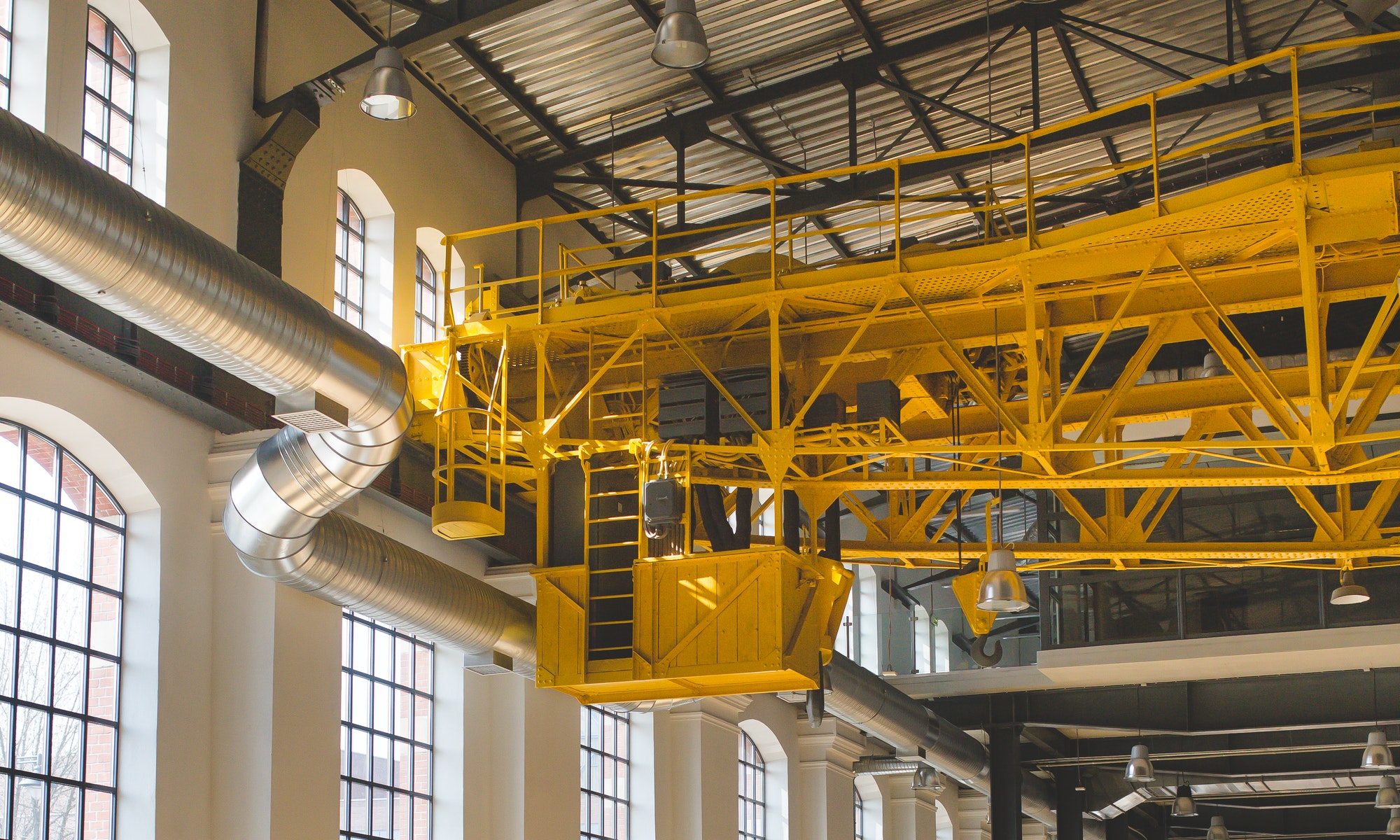Introduction
In the intricate realm of pharmaceutical manufacturing, ensuring medicines’ consistent quality is more than an aspiration; it’s a stringent requirement. Real-time monitoring and control play a pivotal role in meeting this demand. Picture a vigilant oversight of the medicine-making process with the ability to make swift adjustments as situations demand. And as we dive deeper into the technological era, these monitoring tools evolve, becoming even more precise. This allows manufacturers to not only meet but surpass quality standards while also streamlining operations. In a nutshell, it’s the interplay of technology and expertise, ensuring the most effective medicines are crafted efficiently.
The Essence of Real-Time Monitoring
Moving beyond the broader picture, let’s delve into the specifics of real-time monitoring. Firstly, it provides Uninterrupted Surveillance. This continuous oversight of the production processes helps in swiftly pinpointing and rectifying any anomalies, ensuring that every batch aligns with the desired benchmarks. Secondly, Data Acquisition is critical. By capturing data from each production step in real-time, manufacturers gain invaluable insights, facilitating nimble adjustments that optimize conditions.
Impact on Quality Assurance
But what does this mean for the end product? The immediate advantage is Instantaneous Quality Checks. Real-time monitoring offers on-the-spot quality evaluations. This proactive approach is invaluable, ensuring that medicines are always up to regulatory standards, and significantly reducing the unsettling risks associated with recalls. Furthermore, this continuous oversight assures Product Consistency, a non-negotiable in pharmaceuticals, guaranteeing that all batches maintain uniform quality.
Enhancing Operational Efficiency
The benefits extend beyond quality assurance. With a steady stream of real-time data, manufacturers possess the tools for Optimizing Process Parameters. This enables on-the-spot refinements, driving efficiency while curbing waste. Another feather in the cap is Predictive Maintenance. With the ability to monitor equipment’s performance metrics, potential issues can be flagged and proactively addressed, minimizing disruptions.
Control Interconnected Systems
As we further integrate technology, systems must be attuned to one another. Integrated Control Platforms are the unsung heroes, coordinating different production aspects to ensure synchronous operation. Moreover, modern systems are adept at making Automated Adjustments. When deviations are detected, they automatically recalibrate, ensuring seamless and optimal production.
Challenges and Solutions
However, with these advancements come new challenges. Data Security tops the list. As we generate and rely more on data, it’s imperative to bolster security measures, safeguarding sensitive and proprietary information. Standardizing protocols ensures uniformity, but it’s the meticulous design and implementation, with a keen eye on Compliance, especially Good Manufacturing Practice (GMP), that guarantees excellence.
Conclusion
In wrapping up, it’s evident that real-time monitoring and control are not just tools but essential cogs in modern pharmaceutical manufacturing. Through this intricate dance of technology and expertise, the industry is positioned to consistently deliver exceptional, reliable pharmaceutical products. The journey might be peppered with challenges, but with focus and adaptability, the horizon promises a future of unmatched precision and unparalleled excellence in pharmaceutical manufacturing.
Q7 Consulting is familiar with these challenges and can help you to overcome them. Please contact us if you would like to know more about connecting your production systems in a GMP way.
